2021 Fantasy Baseball: Shortstop Tiers
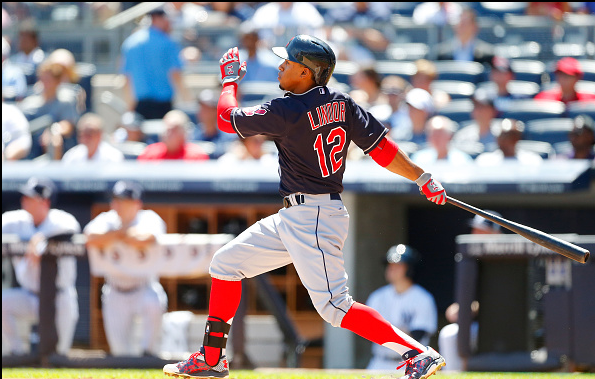
Every once in awhile you get a good suggestion from a reader. Total points is a newer format, but it is growing immensely in popularity. It is used exclusively in daily fantasy formats and some year long fantasy formats are using them as well. It brings a number of different advantages, but the biggest advantage is that it makes it a lot easier to divide players into tiers.
For those unfamiliar with the process, it combines individual events with established weights with the inclusion of negative events. Therefore, it can create a different look than standard five category and even six category formats. They tend to favor players that are more patient and are better contact hitters. It also doesn’t gush over single statistics like stolen bases. For shortstops, that could end up being a big deal.
We are ranking shortstops into three tiers. That ends up putting us about 13 shortstops deep which would cover the depth needed for every player in a standard 12 team league to have a starting shortstop. Naturally, there will be players beyond those 12 or 13 that you can add to the bench. We might cover those guys in a different article down the road. We will look at the total points for each shortstop over the past five seasons along with the total points per game.
Total Points= TB + Runs + RBI + Walks + SB + HBP – SO – CS- GIDP
Tier One: Fernando Tatis Jr, Trea Turner, Francisco Lindor
Fernando Tatis: 438 points, 3.06 PPG
Trea Turner: 1544 points, 3.00 PPG
Francisco Lindor: 2922 points, 2.98 PPG
Tatis could be the most exciting player around today. In the introduction I talked about the fact that stolen bases are overrated, but when they are in the same package as an elite hitter then you have a fantasy first rounder. The Padres don’t necessarily have an elite offense, but he is an elite fantasy talent. The only issue with him is the ability to remain healthy.
Lindor is the only shortstop to earn more than 2000 points over the past five seasons. His trade to the Mets could impact his performance either way. Citi Field has the reputation of being a good pitcher’s park, but the Mets will have more offensive talent than the Indians would have. He is also trying to earn the biggest contract of his life, so he should be motivated to produce. The question will be whether the Mets can continue to add more pieces around Lindor, Peter Alonso, and Jeff McNeil.
Turner is a bit of a surprise here, but remember who total points ends up favoring. It favors guys that tend to patient, contact hitters. Turner also has decent pop in his bat and adds a ton of steals. In standard five category leagues he probably wouldn’t be here, but numbers don’t lie and his numbers are there. You might be able to get him a little later and sneak a tier one guy in a middle round.
Tier 2: Bo Bichette, Xander Bogaerts, Marcus Semien, Didi Gregorius, Corey Seager
Bo Bichette: 211 points, 2.81 PPG
Xander Bogaerts: 1816 points, 2.79 PPG
Marcus Semien: 1693 points, 2.74 PPG
Didi Gregorius: 1482 points, 2.62 PPG
Corey Seager: 1344 points, 2.61 PPG
This list is probably surprising for the names that aren’t included. Remember that total points like players that get on base and make contact. They hate high strikeout guys. That tends to eliminate guys like Javier Baez and Tim Anderson. Bichette hasn’t been playing long, but the talent is clearly visible. In an offense that now includes George Springer and Marcus Semien, he could end up taking off. Obviously, like some of the other young guys, it is the power and speed combination that is so intriguing.
Speaking of Semien, I have to think moving to Toronto (or is it Buffalo) will end up boosting his profile. This is a lineup that features a ton of firepower. Both Semien and George Springer have spent time leading off, so it will be interesting to see how the lineup shakes out. I think lineup construction is largely overblown, but it could impact runs and RBI.
Bogaerts has been the most consistently productive shortstop in the game. He produces more runs and RBI than any other shortstop. The Red Sox seem to go in the tank every other year. Last year was their year and he still produced good numbers. He rolls out of bed and produces 20 home runs with 80 runs and RBIs. He doesn’t have top end speed and he doesn’t hit for average, so his ceiling is limited, but he is a safer bet.
Gregorius and Seager are similar players. Their numbers are nearly identical in terms of points per game. Gregorius is a free agent and hasn’t found a home. Depending on where he ends up he could end up sliding in front of Seager. Either way, you are getting a solid contributor at short. Neither has speed and neither hits for average, but they also don’t strike out a ton.
Tier Three: Trevor Story, Carlos Correa, Gleyber Torres, Jorge Polanco, Andrelton Simmons
Trevor Story: 1505 points, 2.50 PPG
Carlos Correa: 1248 points, 2.47 PPG
Gleyber Torres: 727 points, 2.35 PPG
Jorge Polanco: 1132 points, 2.32 PPG
Andrelton Simmons: 1241 points, 2.21 PPG
It seems insane to have a list that doesn’t include Javier Baez or Tim Anderson. Both shortstops fell below two points per game because of low walks and high strikeouts. Story also appears to be lower than what he should be because of the same issues. There is also the slight chance that he could play at sea level in a trade. The Rockies are already talking about dealing Nolan Arenado, so either way Story could be a lot less effective this year.
Correa is in a contract year and if you look at the total points you can see what his main issue was. If you combine his regular season and playoff numbers last season you see he hit 11 home runs, had 42 RBI, and scored 29 runs. That would be approximately 22 home runs and 84 RBI in a full season. That would be with an OPS well over .800. All he needs to do is remain healthy to be a top ten shortstop in terms of fantasy.
Torres is another player that you would think would be higher on the list. He had a down season last year, but before that he seemed to be on the rise. He likely is better than the numbers he has put up the last few seasons, but he will be hampered by his lack of plate discipline. He is still a starting quality fantasy shortstop, but he will be overdrafted in most leagues.
Both Jorge Polanco and Andrelton Simmons will be teammates in Minnesota and represent the bottom of the barrel in terms of starting shortstops. Polanco will be eligible at second base as soon as he opens the season there, so he might end up being a much better depth piece than a starter. The pick of Simmons is based on the expectation of better health and his place in a better lineup.


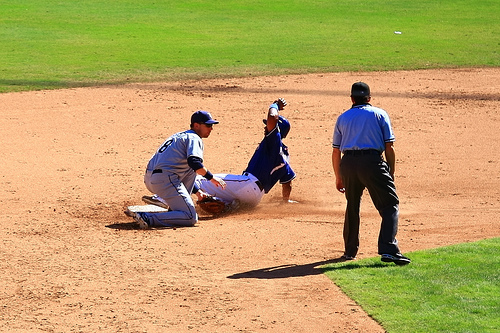
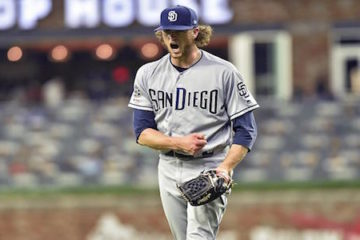
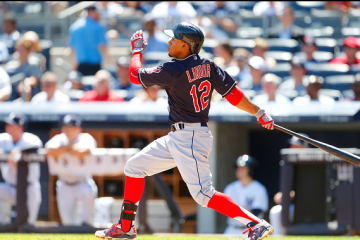
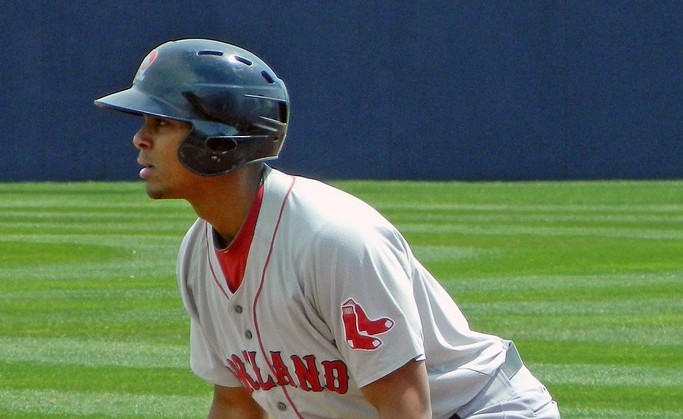
3 Comments
I question the legitimacy of your content based on a couple statements:
1. ‘Bogaerts’ doesn’t hit for average….’. Here, is his avg the last 3 years- 300/309/288. Curious then who does qualify for hitting with good average?
2. ‘Gregorius and Seager are similar players….’. I just don’t see how that is accurate. Did I has enough history for us to understand his ceiling while Seager clearly might have a level we are just beginning to see. Look at where any expert would draft the 2 players and you’ll see they aren’t close.
3. A 5 year plan misses out on a huge piece of fantasy baseball- that is upside vs a veteran…..I think there would be value if you added based on recent history here’s what could change/shift. I don’t draft on previous year stats- I base picks on what I think will occur.
Curious on your thoughts….
Mark,
Thank you for your thoughts. Let me address them in the order they came.
1) In the confines of the current game, a .300 average would be defined as hitting for average, so I’ll concede your point there. I suppose I’m showing my age here as I remember when hitting .300 was good but not special.
2) My rankings here are under the specific category of total points. Gregorius and Seager are practically identical in terms of what they produce on a per game basis. Now, a five category or six category ranking may play out differently. However, I don’t tend to lend as much credence as to what someone may do and that’s particularly true when they have track records as long as these two players. If they were going into their second or third seasons maybe, but I remember the immortal words of Paul Bear Bryant who said “potential means they ain’t done nothing yet.”
3) I’ll also give you that five seasons is a long window. If you see my rankings versus my spreadsheet you’ll see I made some alterations based on the knowledge that some of the final results are skewed based on production early on in the window. I omitted some players that are probably no longer viable or bumped some down the list. That being said, I just happen to think guys more often than not are who they are. Growth certainly happens but we can spend our time dreaming on exponential growth when it just doesn’t happen. I’ll give you a local guy like Correa. I’ve seen him have spurts of greatness where you might think he could produce .320/30/100/100 but it never seems to sustain. That’s where a three or five year window becomes valuable. It tells you who guys are for the most part instead of focusing on who they might be if everything breaks right.
Thank you so much for reading and for your comments.
well said Scott – totally get it – appreciate your feedback and research!